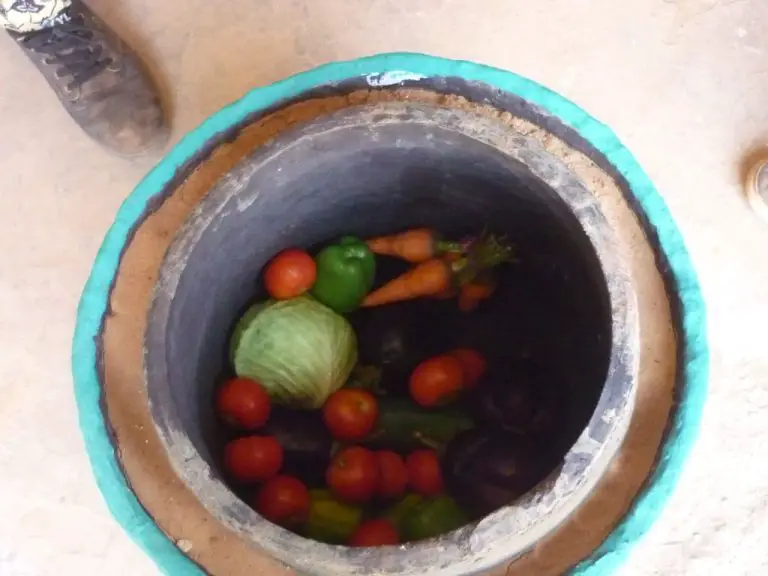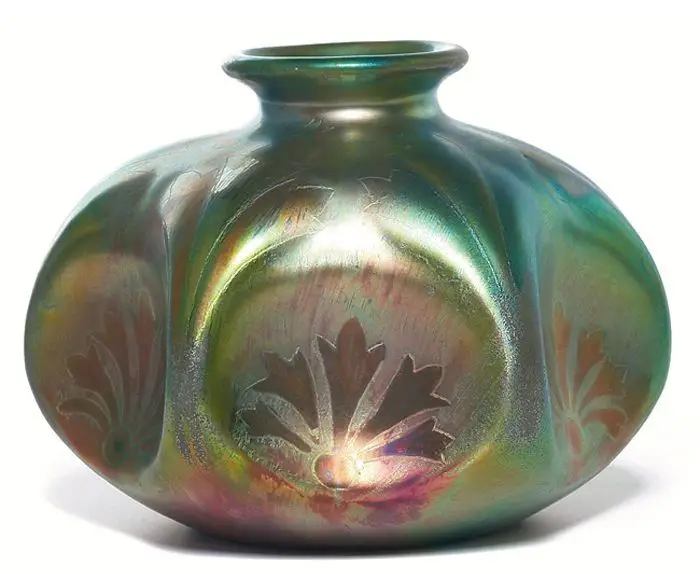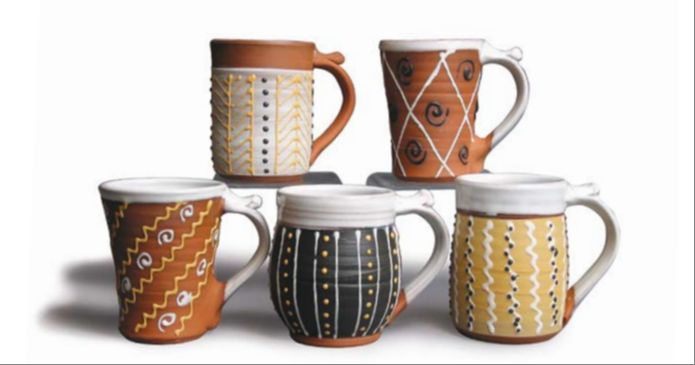How Do You Make Salt Spoons?
Salt spoons are small spoons designed specifically for serving salt. They have a long history dating back to the Middle Ages, when salt was a valuable commodity that was kept locked away and dispensed from ornate boxes using tiny specialized spoons.
Salt spoons first emerged in France in the 14th century, where nobility used them as part of elaborate place settings. The spoons were made of precious materials like silver and gold and treated as coveted objects. They were typically just a few inches long and had oval bowls with a pointed end. Salt spoons became popular status symbols among aristocracy and eventually spread to other parts of Europe over the following centuries.
By Victorian times in the 1800s, salt spoons were commonplace items made of silver or electroplated nickel silver. Intricate decorative styles like Rococo and Neoclassical became fashionable. Today, salt spoons are still used frequently for formal dining occasions, although mainly for aesthetic purposes rather than functional, as salt is no longer a rare commodity.
Materials Needed
The most common materials used to make salt spoons are silver, gold, pewter, stainless steel, and wood. Each material offers its own advantages and considerations.
Silver: Pure silver is soft and needs to be alloyed with copper or nickel for strength. Sterling silver containing 92.5% silver is commonly used. It has a lustrous finish and resists tarnishing.
Gold: Gold is highly malleable and long-lasting. 14k or 18k gold alloys are often used. Gold provides a luxurious, brilliant finish.
Pewter: A tin alloy that is affordable and easy to work with. Pewter develops a patina over time but requires occasional polishing.
Stainless steel: Strong, durable, and corrosion resistant stainless steel is a great lower cost alternative. Provides a modern, sleek look.
Wood: Woods like maple, walnut, cherry, or mahogany can provide a warm, natural aesthetic. Finish is important to protect the wood from moisture.
Design and Shape
There are many common designs and decorative shapes used for making salt spoons. The bowl of the spoon can be round, oval, or square while the stem may be straight, twisted, or ornate. Some popular designs include:
- Rounded/Oval Bowl with Straight Stem: This simple design has a rounded or oval-shaped bowl with a straight slender stem. It provides a clean, minimalist look.
- Rounded/Oval Bowl with Twisted Stem: The stem has a twisted shape rather than straight, adding visual interest.
- Square Bowl with Ornate Stem: A square bowl paired with a stem featuring decorative curls or scrollwork. Provides a more ornate, elegant style.
- Shell Shaped: The bowl resembles a seashell shape like scallop shells or nautilus shells. Lovely natural design.
- Dolphin or Fish Shaped: The overall spoon silhouette incorporates the curves of a leaping dolphin or fish. Playful design.
- Fleur de Lis: The bowl and/or stem incorporate the stylized fleur de lis shape. Has traditional, elegant associations.
- Celtic Knotwork: Intricate interwoven Celtic knots are featured on the stem and/or bowl. Beautiful intricate detailing.
- Animals or Birds: Figures of animals like horses or birds are incorporated into the design. Whimsical nature motif.
The shape and style options are nearly endless. Craftspeople often add engravings, etchings or other decorative touches to make each salt spoon a unique work of art.
Spoon Bowls
The bowl of the salt spoon is where the salt is held, so its shape and size are important design considerations. Here are some techniques for shaping spoon bowls:
Hammering: One of the most traditional methods is to hammer the bowl into shape using a ball-peen hammer and an anvil. The silversmith can carefully hammer the silver to form the desired curve and depth of the bowl.
Raising: Raising involves first annealing the silver to soften it. Then, the silversmith uses raising hammers and stakes to gradually shape the bowl over several rounds of hammering and annealing. This technique allows for a high degree of control and customization.
Spinning: The silversmith uses a lathe and specialized spinning tools to form the bowl as the silver piece spins at high speeds. This requires less hammer work but takes practice to perfect the shape.
Die Striking: A die with the negative space of the desired bowl shape can be struck with a hammer to form the bowl. The silversmith must carefully anneal and strike repeatedly to achieve the proper depth.
Casting: Some salt spoon bowls are cast from molds rather than hand-shaped. While this is quicker, it limits customization and design options.
Spoon Stems
The stem is the handle portion of the salt spoon. There are a few main methods used to create the stem:
Turning on a lathe
This involves securing the spoon bowl to a lathe and turning the handle portion to the desired shape using chisels and other woodturning tools. The stem can be rounded, twisted, straight, or carved into various decorative shapes.
Carving by hand
The stem can be carved using hand tools and specialized carving knives. This takes practice but allows for intricate hand-carved designs. The blank handle area is held in a vise or clamp for leverage during carving.
Casting
Molten silver or other material can be cast into a pre-made stem mold. This creates an intricate cast stem design quickly but lacks the handcrafted charm of carving.
The stem can also be created using a combination of methods, such as turning on a lathe and then hand carving decorative elements. The key is choosing a method or blend of methods that suits the skill level of the artisan and the desired end product.
Decoration
Salt spoons can be decorated and embellished in various ways to make them more ornate and aesthetically pleasing. Some popular decoration techniques for salt spoons include:
Engraving: Intricate designs, monograms, names, dates, or other text can be engraved onto the handle or bowl of the spoon. This provides an elegant personalization. Mechanical engraving or hand engraving are options.
Embossing: The spoon can be embossed with various imprints and raised patterns, like flowers, scrollwork, leaves, crests, etc. Embossing provides texture and depth to the spoon.
Enameling: Colored enamel can be applied to cover parts of the spoon and give it a glossy, glass-like coating. Enameling allows for bold, vibrant colors and designs.
Jeweling: Small decorative jewels, such as crystals, pearls, or gemstones can be inset into the handle or other areas of the spoon.
Etching: Chemical etching can be used to create detailed designs on the spoon’s surface by using acids or other chemicals to corrode away parts of the metal.
The decorations should align with the overall style and aesthetic of the salt spoon. More ornamentation generally increases the elegance and value of the spoon.
Polishing and Finishing
Once the salt spoon is shaped and decorated, it needs to be polished and finished for a professional quality appearance. Here are some techniques for polishing and finishing salt spoons:
Sanding – Start with a coarse grit sandpaper like 120 grit to smooth out any major imperfections. Then use progressively finer grits like 220, 400, 600 to achieve a smooth, uniform surface.
Buffing – Use a buffing wheel charged with a buffing compound to further smooth and shine the spoon. Move the spoon across the wheel using even, consistent pressure.
Polishing – Use a polishing paste with a soft cloth to buff the salt spoon to a mirror finish. Apply the paste and rub in a circular motion. Repeat until you achieve the desired luster.
Sealing – Apply a sealant like a lacquer, varnish, or wax to protect the finish and prevent tarnishing. Allow sealants to fully cure before using the spoon.
Proper polishing and finishing transforms a handcrafted salt spoon from rough to refined, giving it a beautiful, professional finish that will stand the test of time.
Quality Control
Quality control is an important step when making salt spoons to ensure proper shape, balance, and function. Each finished spoon should be carefully examined to check that:
- The bowl is the correct size and depth for holding salt crystals.
- The stem length enables the spoon to nicely balance over the rim of a salt dish.
- The shape allows the spoon to smoothly scoop up and funnel salt.
- There are no sharp edges or flaws in the metalwork.
- The decoration and finishes are cleanly executed without mistakes.
- The weight and thickness feel substantial and sturdy in the hand.
- The spoon sits evenly when placed on a flat surface.
It’s important to rigorously inspect and test each spoon to ensure consistent quality before approving it for packaging and sale. Any pieces that do not meet the quality standards should be set aside for reworking or recycling of the metal.
Packaging and Presentation
Once your salt spoons are complete, you’ll want to present them in an attractive way for gifting or selling. Here are some options for beautifully packaging your handmade salt spoons:
Gift boxes: Look for small jewelry gift boxes or specialty boxes for spoons to present your salt spoons. Line the inside with tissue paper or velvet to cushion the spoons. You can tie decorative ribbon around the box or add a bow.
Bag tying: Place each spoon in a small mesh or cloth bag, gathering the top with ribbon. Multiple bags can be bundled together and accented with raffia or curling ribbon.
Display stands: Showcase spoons upright in a small stand or decorative bowl. Add pebbles or beads to hold them in place.
Tins: Vintage tins make charming displays for salt spoons. Line them with fabric or paper and use foam or dividers to separate the spoons.
Labels: Customize your packaging with printed or hang-tag labels stating the spoon’s metal type, your logo, care instructions, etc.
With beautiful presentation, your handcrafted salt spoons will delight recipients or customers when purchased as gifts, wedding favors, or home accessories.
Conclusion
Handcrafting salt spoons provides a unique and rewarding project for hobbyists. With the proper tools, materials, and techniques, beautiful and functional salt spoons can be produced in small batches or as individual pieces. The key steps outlined in this guide, from shaping the bowl and stem to adding decorative elements, show the meticulous process involved. While challenging at times, producing a finished salt spoon brings immense satisfaction. The final package, ready for gifting or display, represents the efforts of design, skill, and patience.
For those seeking to hone their spoon-making abilities, repetition and persistence are key. Don’t be discouraged by imperfections; they are part of the handmade nature. With practice, efficiency and quality will improve. Connecting with other spoon makers can provide support, advice, and inspiration along the journey. Master the fundamentals here before moving on to more advanced shapes, embellishments, and materials. This meditative hobby can become a lifelong passion, bringing joy both to the maker and recipient.
To continue exploring:
– Local woodworking stores offer specialty tools, woods, and classes.
– Craft fairs provide opportunities to connect with and learn from seasoned spoon makers.
– Online woodworking and carving communities share tips, videos, and project galleries.
– Books go deeper into elements like wood selection, joinery, and finishing.
Spoon making requires patience and care. But the end result, a hand crafted utensil made with love, makes the effort worthwhile.





